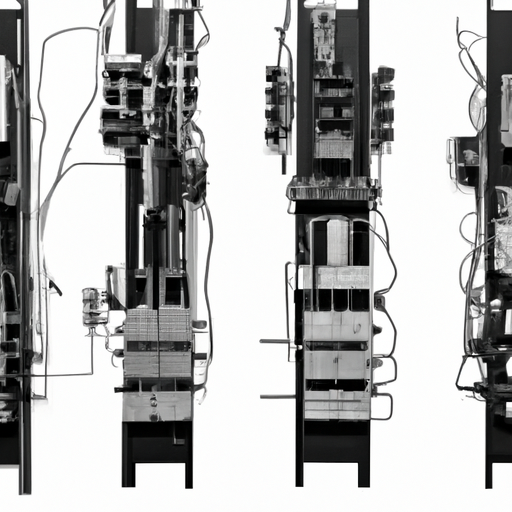Resistors are electronic components used to limit the flow of electric current. Their main function is to reduce voltage or current in a circuit by dissipating electrical energy. The wiring of resistors in a circuit is crucial as it directly affects the performance and stability of the circuit. A complete resistor wiring includes the following components and modules:

2. Terminals: The two ends of a resistor are connected to two nodes of the circuit, and these connection points are the terminals of the resistor. Terminals are usually made of metal for good conductivity and circuit connection. Terminals can be connected in various ways, such as soldering, threaded connection, or plug-in connection.
3. Enclosure: To protect the internal structure of the resistor and prevent damage from external environment, resistors usually have an enclosure. Enclosures are typically made of plastic or metal, providing insulation and heat resistance.
4. Markings: Resistors are usually marked with parameters such as resistance value, power rating, and accuracy. These markings are important for circuit design and maintenance, helping engineers to select and use resistors correctly.
5. Connecting Wires: The terminals of a resistor need to be connected to other components in the circuit through connecting wires. Connecting wires are usually made of metal with good conductivity to transmit current and signals effectively.
In actual circuit design and usage, there are various wiring methods for resistors, such as series, parallel, and star connections. Different wiring methods will affect the performance and characteristics of the circuit, and engineers need to choose the appropriate wiring method based on specific circuit requirements. Additionally, attention to details such as power rating, accuracy, temperature coefficient, etc., is necessary for resistor selection and installation to ensure circuit stability and reliability.
In conclusion, resistor wiring includes components and modules such as the resistor body, terminals, enclosure, markings, and connecting wires. Choosing and using the correct wiring method for resistors is crucial for circuit performance and stability. Engineers need to carefully consider these factors during circuit design and implementation to ensure normal operation and safety of the circuit.





